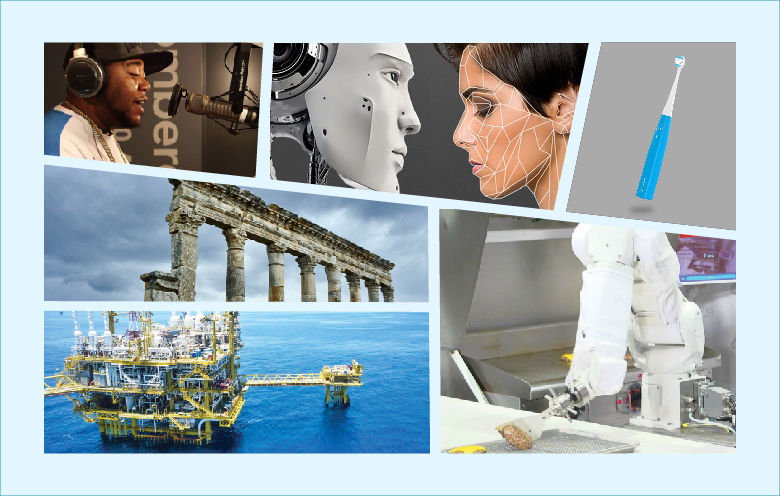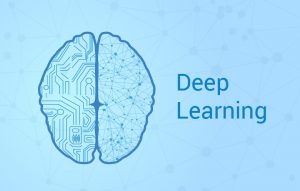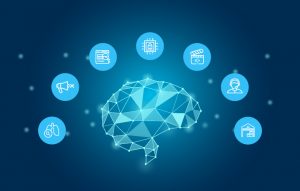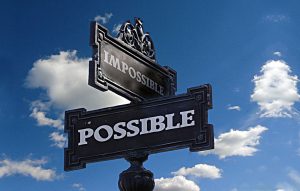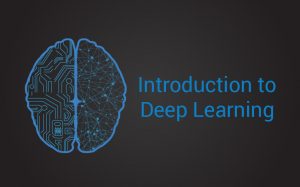All of us by now know that artificial intelligence (AI) is undoubtedly laying a strong foundation for today’s modern society, for better or worse. And a subset of AI – Deep Learning has gained great attention for its potential in various industries that it truly deserves. Enterprises are incorporating deep learning as a service in every possible way. However, deep learning has many uses besides just recognizing faces in a crowd. Let’s discuss some off-beat uses of deep learning that will change the consumer world in the near future.
1. Archaeologists to rediscover past
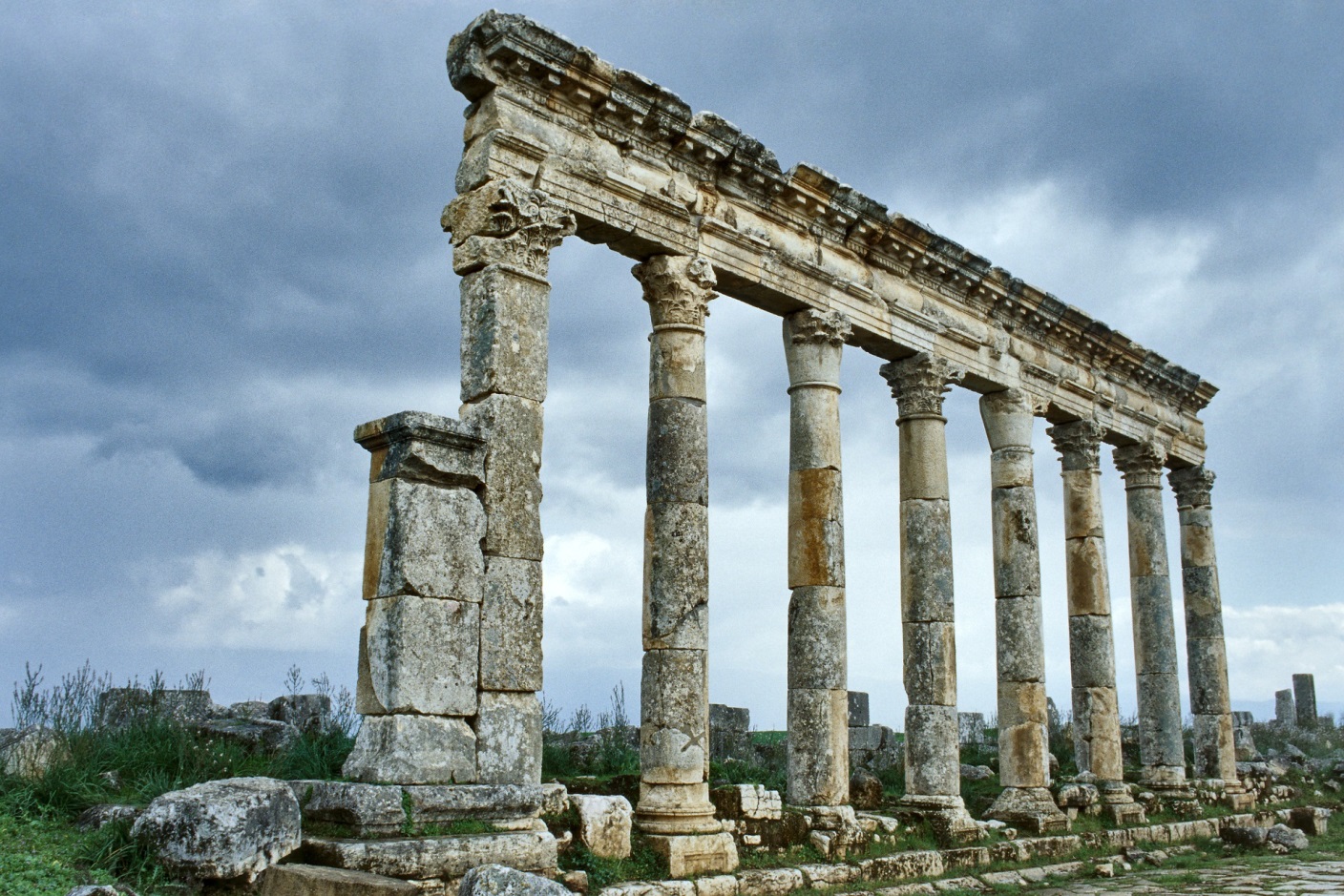
Source: http://iriskramer.com
AI can now discover new sites for archeologists, isn’t that amazing? Iris Kramer, a Ph.D. student at the University of Southampton (UK), saw the potential for deep learning in the field of archaeology and uses deep learning algorithms in her work. Such an algorithm can help archaeologists work with LIDAR (Light Detection and Ranging) – a scanning technology that uses lasers to map out the visibility of an area. This technology along with established archaeological data will help archaeologists discover many undiscovered sites and allow them to spend more time on verification rather than identification.
2. Processing oceans of data for the oil and gas industry

Source: https://www.bhge.com
Well, who knew deep learning could effectively work in oceans? Interestingly, we get to see some deep learning uses for the oil and gas industry that will help them to operate efficiently. NVIDIA and Baker Hughes, a GE company, has recently partnered to apply some deep learning data techniques to the real-time computing capabilities that will help to reduce the cost of finding, extracting, processing and delivering oil. Deep learning has shown its potential for seismic modeling, automated planning, machinery failure prediction, and optimization of supply chains. These deep learning techniques primarily use GPU (Graphics Processing Unit) fueled advancements including accelerated analytics and deep learning. The neural network datasets will provide deep insights and transform their operations.
3. AI-powered judging for beauty contest
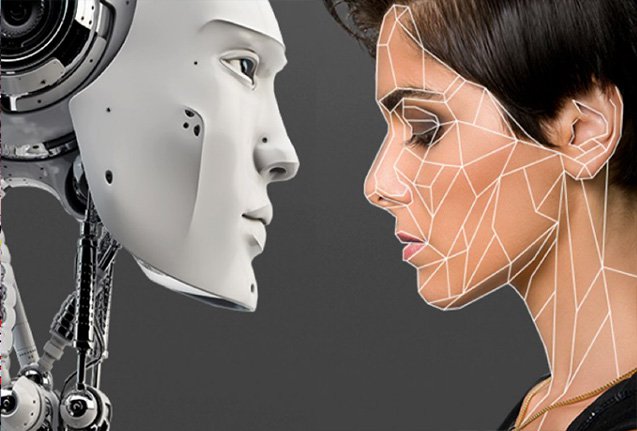
Source: beauty.ai
Ever thought AI can judge humans for their health and beauty? Well, here is the science behind one of the modern day beauty contests run by Beauty.ai. Unlike traditional beauty contests, this site believes that health and beauty are co-related and they judge based on the youthfulness of a person’s face. The parameters they include use deep learning algorithms related to wrinkles within their age group, amount of pigmentation, similarity to models within their racial group, the symmetry of the face, and estimating the difference between the chronological and perceived age.
In the near future, they are hoping to develop a set of algorithms that can get people’s accurate health information by processing their photos, and help bio-gerontologists and data scientists with finding effective ways to slow down aging and help people look healthy and beautiful. They are expecting the upcoming contest to have a global impact because of the advances in deep learning.
4. Flipping burgers in restaurants
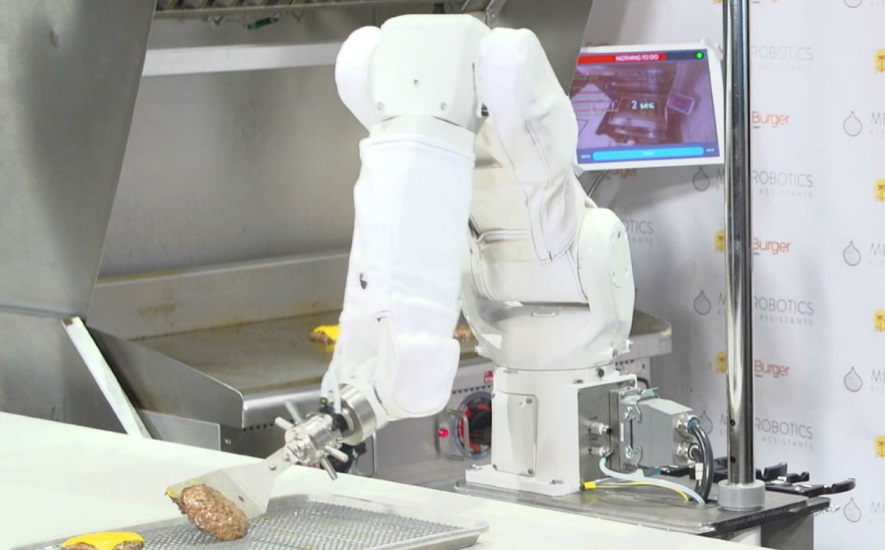
Source: misorobotics.com/flippy
Look what we have here, a burger-flipping robot – Flippy! Miso Robotics, a leading robot manufacturing company, invented this AI-powered robot for the culinary industry. Flippy monitors the burger patties as they cook, switches spatulas when required and even cleans the grill. Isn’t that amazing? Flippy is already popular being the world’s first autonomous robot as a kitchen assistant that has deep learning algorithms to learn from its surroundings and acquire new skills over time. Flippy can grill up to 300 burger patties per hour. Now that’s a wow!
5. Generating game-changing insights in sports
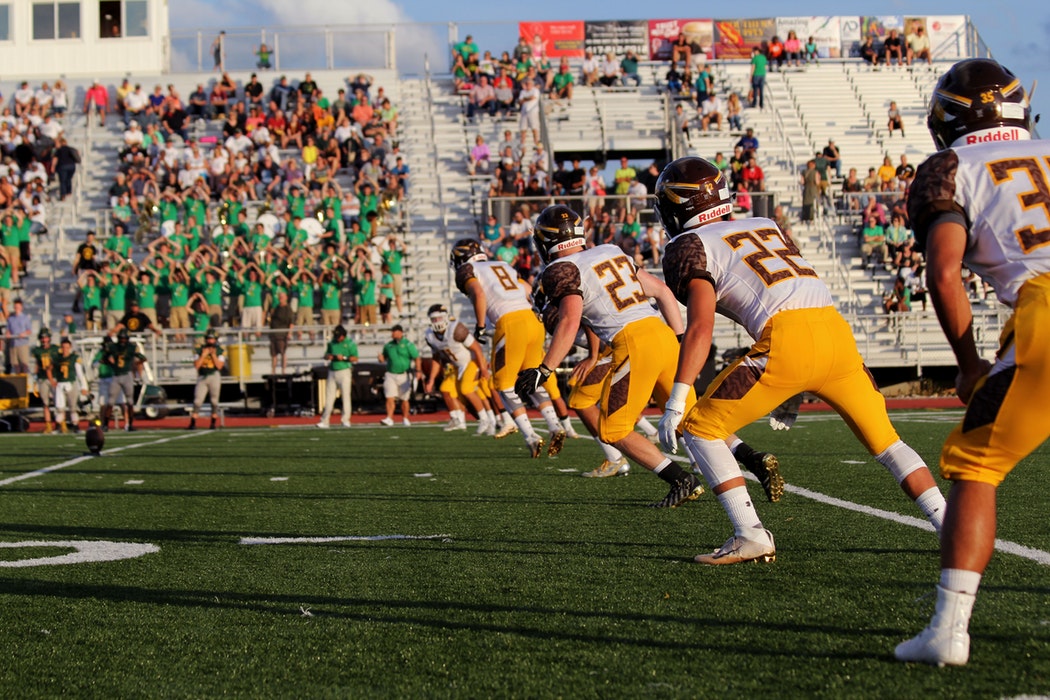
Imagine if we could use artificial intelligence in the field of sports! Arjun Dutt, Director of NVIDIA’s Inception program, a virtual accelerator that helps deep learning & AI startups, shared how deep learning can change the world of sports.
Deep learning with its capabilities of recognizing patterns and reinforcement learning can have huge potential for sports. Deep learning applications are trained with large sets of sports data and derive strategic insights in the areas such as player capabilities, game patterns, and team tactics. This is really interesting, as the algorithm can process such data and develop insights to help coaches to manage players, plan strategies, and equip them with the ability to make predictions about the game such as showing us where to position players and when to stop opponents. He adds that GPUs are commonly used to process such large data in AI deep learning algorithms. We are still at the initial stage of AI in the sports field, but it will be fun to watch such games that will make the competition even better in the near future.
6. AI-enabled lyrics for rapping
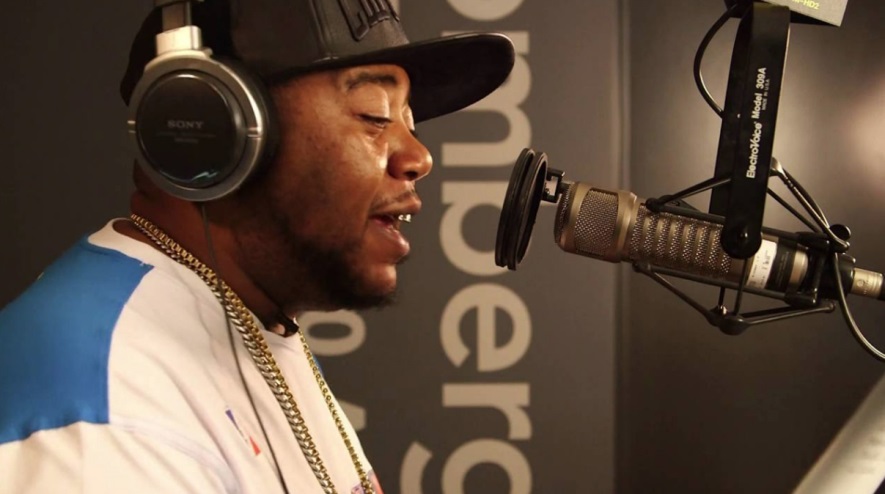
Source: deepbeat.org
Deepbeat is an AI-powered algorithm that raps! Yes, it’s hard to believe that AI can now entertain us. This algorithm is developed by a team of doctoral students from Aalto University, Finland, after processing thousands of songs and various music artists. The algorithm results in a prediction method to produce readymade lines to string together to create a song.
Deepbeat is raising new possibilities with its computer-generated entertainment. It is not quite time for this program to succeed as it is still under the experiential stage.
7. First AI-powered toothbrush

Source: https://www.kolibree.com/en/ara/
We have heard about and used an electric toothbrush, but now AI is offering something more to it. Kolibree – A dental technology company introduced Ara – as the first AI-powered toothbrush that helps us improve our oral health. There’s a lot of curiosity to know how it even works! Ara uses patented deep learning algorithms that function on a low-power processor. The raw data from the sensors run through the processor, allowing the system to record your brushing habits and refine accuracy each time you brush.
Ara is configured using a mobile app for easy access and it is the industry’s first smart toothbrush with the ability to collect and store data in offline mode. The data collected can be further used to keep an eye on disease prevention and wellness for personalized healthcare.
8. Predicting demographics and elections

Source: pnas.org
Many believe there is no truth behind some stereotypes; here we have a stereotype that is backed by the power of deep learning – the elections in the U.S.
An experiment was done by Timnit Gebru, Jonathan Krause, Yilun Wang, Duyun Chen, Jia Deng, Erez Lieberman Aiden, and Li Fei-Fei (PNAS) where the team processed 50 million Google Street View images using deep learning and was amazed at the results. The algorithm could smartly recognize cars with their brand, model, body-type and year. Interestingly, the algorithm could predict the demographics of each area by monitoring the car makeup.
Here’s a scenario that backs up a stereotype. When a deep learning algorithm was fed the data on a 15 minute drive through the city, it observed that the majority of people who were driving sedans were more likely to vote for a Democrat government in the coming election, while the ones driving pickup trucks were more likely to vote Republican. Well, this is again something that can happen for real in the near future. Such an algorithm can predict election results based on demographics.
9. Weather forecasting with deep learning

researchgate.net
Who knew that deep learning could predict the weather? Yes, it’s true. Deep learning is showing promise in the field of weather prediction by processing a series of past data sets. The architecture is able to demonstrate an improved ability to predict daily weather forecasts using autoencoders. As an experiment, the model was able to forecast the daily accumulated rainfall in a specific meteorological station in Colombia, and outperform other approaches that were historically used for this task. Although they are still in the early stage for adoption, forecasts are getting better and reliable using deep learning algorithms. Such algorithms can be used for disaster prevention in the future.
10. Deep learning to measure health levels and diagnoses preventative diseases
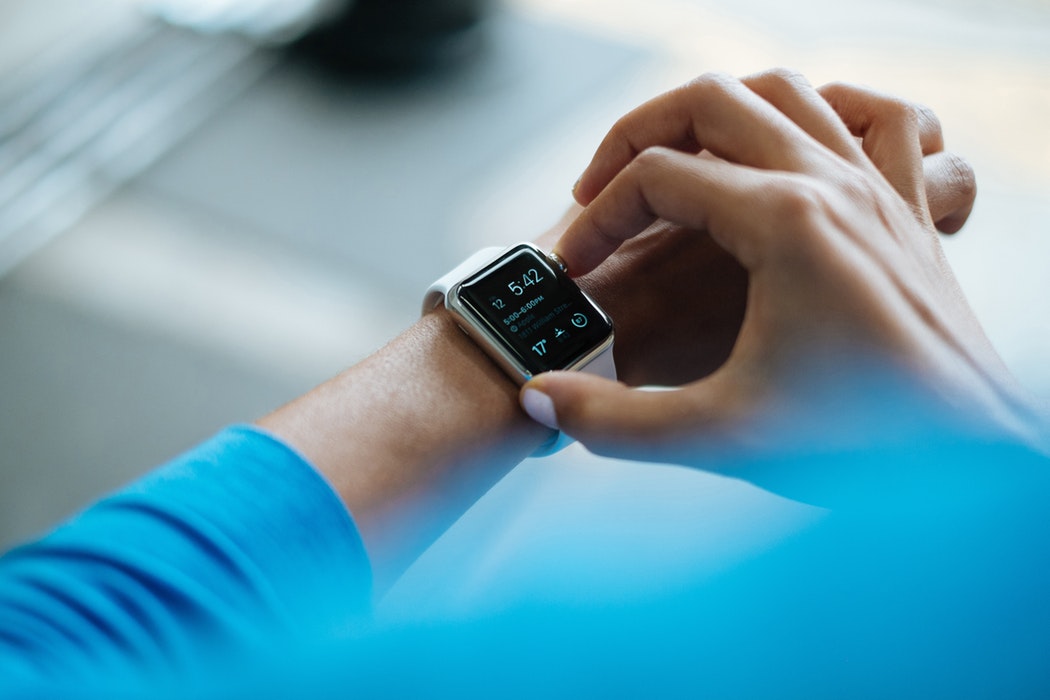
Here’s a prediction from our side that can possibly happen using AI in the near future. We may have an application that could help us diagnose our own health levels by tracking physical movements (walking, running, etc.) and dietary intakes. Based on the data, the app can generate insights on preventative measures, and suggest treatments including customized diet, workout plans, medications and more. Such an app could create a win-win for the healthcare industry, saving costs for both the hospitals and patients. It could even send reminders to consume meals in a timely manner, warning alerts when skipping meals, reminders for a scheduled workout, and even suggest perfect meals for a healthy balance. A person will be able to manage his own health by simply following the app instructions. An app that outperforms the role of a dietician and a doctor! This is something that can happen.
Take away
I hope this blog post brought you excitement on the advances of deep learning, and about the potential uses of AI for humanity. These are just some of the ways that give us an idea of how artificial intelligence is changing our world. Get in touch with our deep learning consultants to know more about deep learning applications.


